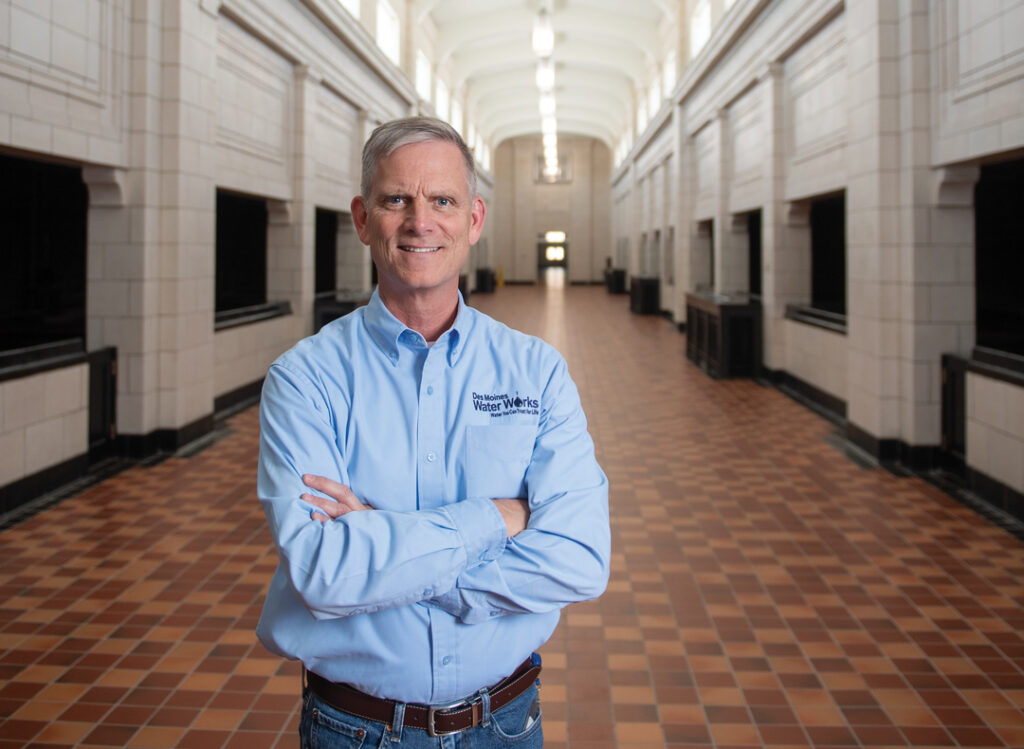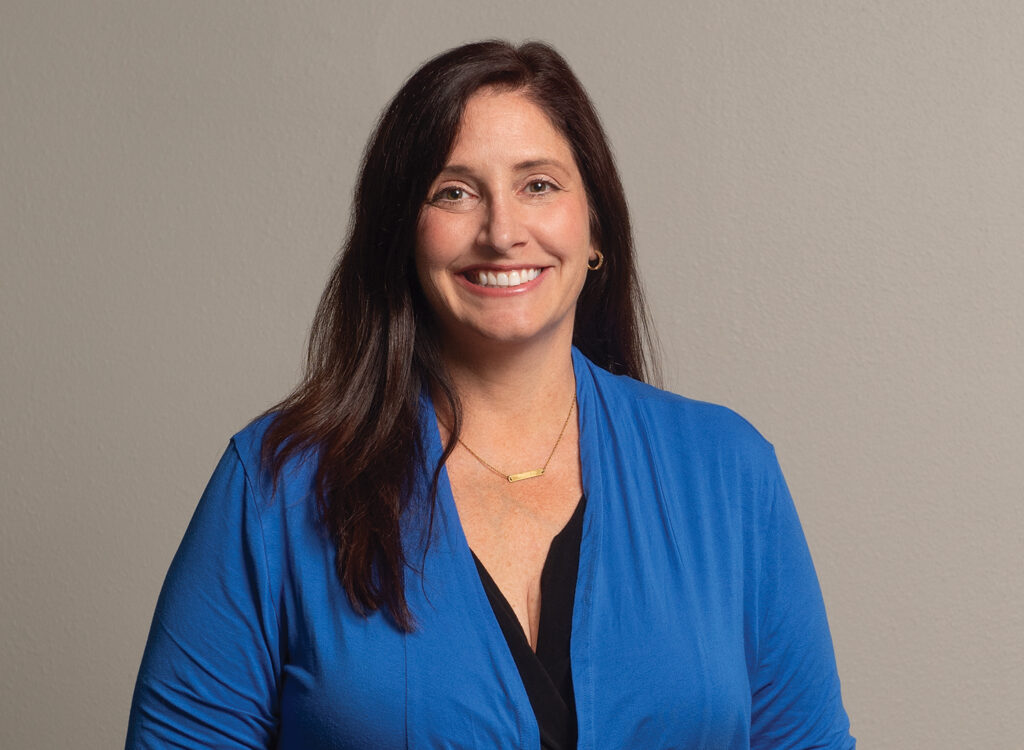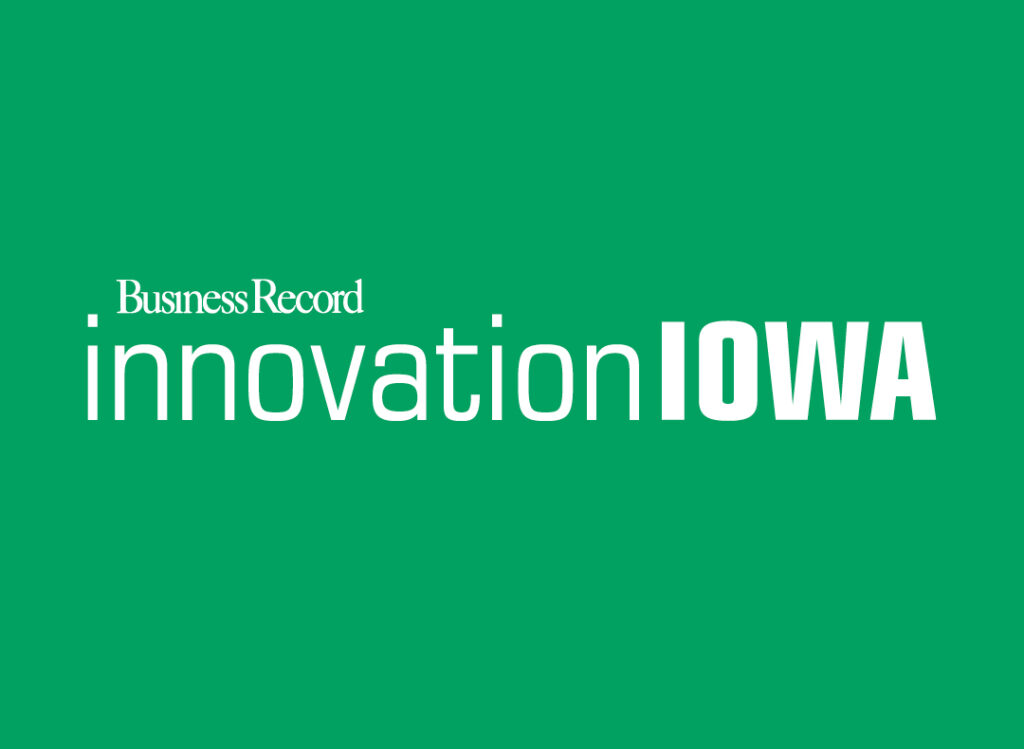Event Preview: June 1 Power Breakfast
The Silver Tsunami: A wave of boomer retirements is coming. How should your business prepare?

Iowa business leaders are faced with a unique challenge of preparing for a wave of coming retirements while also managing an ever-diverse four-generation workforce. How well prepared is your organization as many of your most skilled and knowledgeable employees transition out of the workforce? And how well can your company capitalize on an increasing number of employees who want to continue working beyond traditional retirement age? With Iowa facing a talent shortage, business leaders can’t sit back and wait for the wave to hit, but instead should be making a proactive plan to manage transitions and help mitigate the potential loss of talent. To spark the discussion in advance of our June 1 event, I asked each of our panelists to identify the biggest challenge or opportunity that businesses should be aware of as Iowa prepares for an aging workforce.
– Joe Gardyasz, Senior Staff Writer
As Iowa’s workforce ages, what is the biggest challenge or opportunity that businesses should be aware of?
Jennifer Bryant, Senior vice president, Human Resources, Bankers Trust
The biggest challenge is avoiding false assumptions that come with categorizing all older workers in the same bucket. It’s easy to do, but those categories just don’t fit anymore. Leaders must continue investing in people and managing them throughout their careers. While we spend a lot of time and energy trying to understand what millennials need, our 2016 Employee Engagement results revealed older workers are more engaged and scored dramatically higher on questions like, “I am committed to providing superior customer service” and “I want to contribute in any way I can.” We all want people like this working for us! We have an opportunity to focus on bringing out the best in older workers while enabling them to share their skills and expertise with younger generations as part of succession planning. We need to continue developing and motivating our entire workforce, regardless of where they are along the career spectrum.
Joel Duncan, CEO, Aureon HR
While Iowa’s aging population (aka the “Silver Tsunami”) and the implications the wave of potential retirees may have on the overall workforce are something to be cognizant of, employers should concentrate their efforts on creating a workplace that attracts and retains talent of any age. Unemployment levels have been at record lows, general workforce is shrinking, all making hiring and attracting incredibly tough. The Silver Tsunami is one part of the larger Talent Shortage Tsunami. If employers don’t intensify efforts and creativity around recruiting, retention, training, performance metrics and creating an attractive culture, they may find themselves more concerned about their business retiring versus their employees. Employers should be hyperfocused on securing and locking in talent — regardless of if they are 67 or 27. Anyway … 60 is the new 50, right?
Lance Noe, Director, Drake University Center for Professional Studies
With an aging workforce can come stagnation in how work is designed. Many businesses that have benefited from a stable and loyal workforce find themselves with a workplace design well suited to meet the motivational needs of baby boom and early Generation X workers. However, that comfortable design is increasingly out of step with the expectations of millennials and Generation Z talent. New talent often finds traditional physical design, structural design and pay/benefit design a barrier to doing their best work, so they look for firms that have broken the traditional rules of work. The challenge is how to make the needed changes to maximize the productivity of the new-generation workforce while retaining the productivity of the still very valuable boomer and Gen X worker.
Jerry Patterson, Senior vice president, Retirement and Income Solutions, Principal Financial Group
Nearly 10,000 Americans turn 65 every day. But don’t assume that most will have enough funds to actually retire. More and more enter retirement with mortgage debt, credit card debt and even student loan debt. In addition, a large percentage aren’t working with a financial adviser (upwards of 75 percent by some studies), don’t make material changes to their investment strategies after retirement and have unrealistic expectations for long how long their savings will last. Iowa employers and financial advisers — here is your opportunity. The need to provide targeted, effective retirement planning education to employees nearing retirement is critical. For some, the workplace is the only place they turn to for retirement planning and financial education. Let’s work to provide opportunities and solutions that meet the complex needs of retirees no longer receiving paychecks.
Kent Sovern, State Director, AARP Iowa
Today’s employers are challenged to build an innovative workplace that is free from age bias and provides more choices for those who want to or need to work beyond traditional retirement age. The aging of Iowa’s workforce should be seen as an opportunity for employers to rethink outdated beliefs and stereotypes about older workers. Hiring and retaining older workers is good for your business. A recent study conducted by Aon Hewitt for AARP found the 50+ workforce adds value by exhibiting highly sought-after traits including experience, maturity and professionalism, a strong work ethic, loyalty, reliability, understanding, and the ability to serve as mentors. Older workers are more engaged on the job than younger workers, and recent trends in compensation and benefits have diminished the relationship between age and labor costs to the point that age is no longer a significant factor in the costs of hiring and retaining workers.









